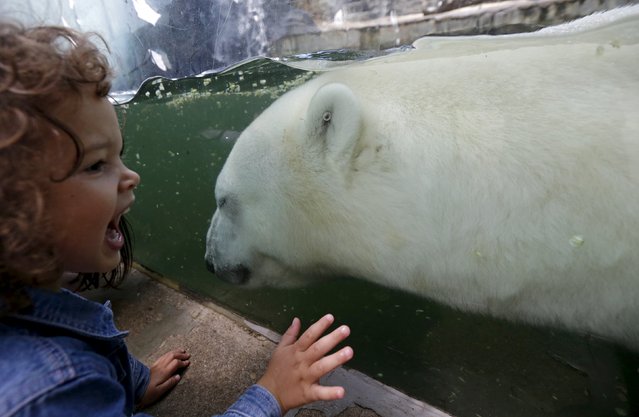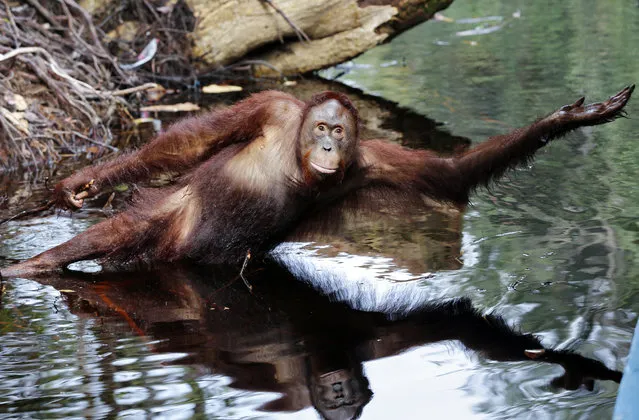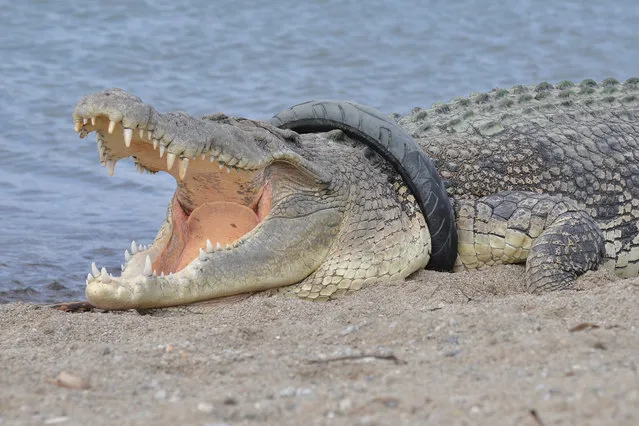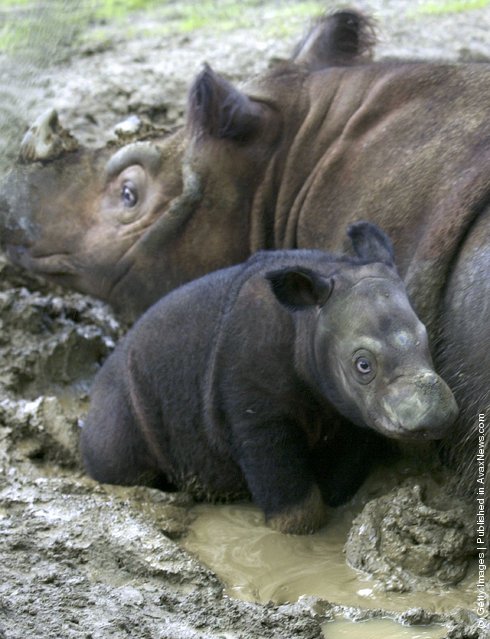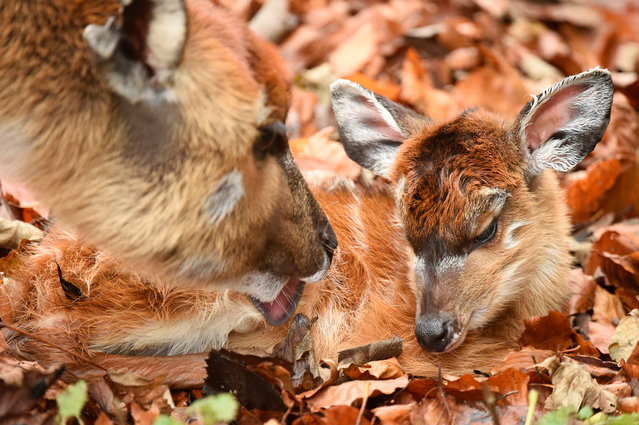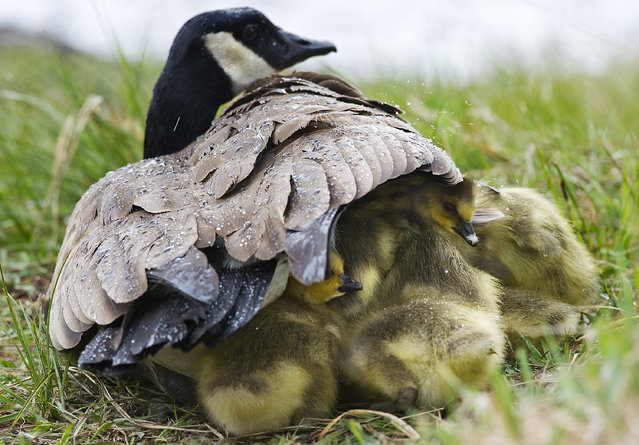
A gaggle of goslings huddle together under the protective wing of a parent along the bank of the Deschutes River as a heavy downpour passes through Bend, Oregon, late Wednesday, April, 20, 2106 afternoon. (Photo by Ryan Brennecke/The Bulletin via AP Photo)
24 Apr 2016 09:20:00,post received
0 comments



